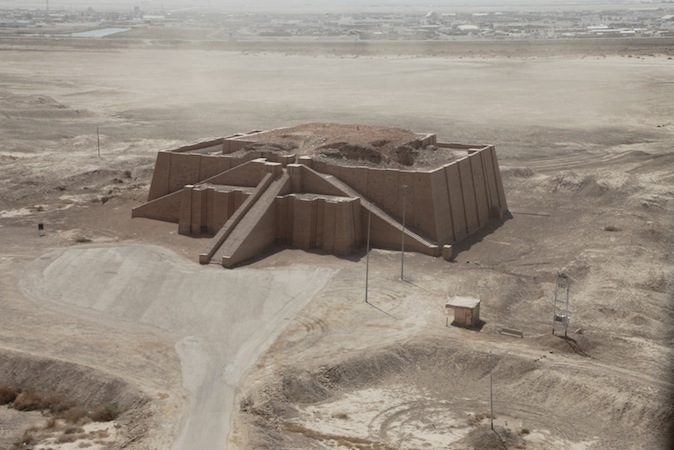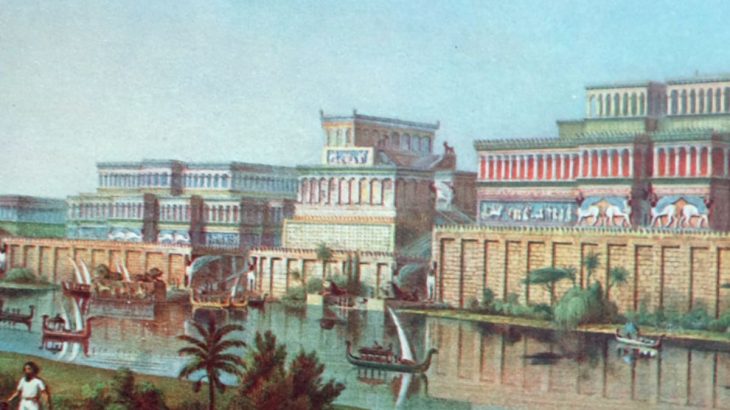In this article, we’ll look at the first civilization, its history and some of the things it accomplished with only manual labor. Here is a preview of this primitive yet architecturally advanced nation.
History
Human beings are pack animals, and they thrive when they work in groups. With time, groups slowly merged to create what is now know as societies which then gave birth to civilization as we know it now. The advent of cities also incurred at the dawn of civilization. The first civilization arose in Africa, or what is now known as the Middle East, which constitutes of Iraq, Turkey, Syria, Iran, and Kuwait. The cradle of civilization started along the banks of the Nile in lower Mesopotamia around 3000BC. They flourished because of their proximity to a bountiful water and food source. Ancient Mesopotamia is also credited with numerous construction techniques.
Construction with Mud Bricks
Most of what we know about Mesopotamian architecture is based on archaeological findings and a 3D rendition of what these buildings and houses would have looked like. One of the most prominent Mesopotamian construction materials was mud bricks which were readily available. On the other hand, st

The Ziggurat of Ur towers of Contingency Operating Base Adder during a flyover of Dhi Qar province in southern Iraq, Sept. 19. The flight in an AH-60 Blackhawk helicopter was scheduled to provide Iraqi reporters with an opportunity to get aerial shots of the province.
one had to be imported from distant cities, thus making stone buildings quite scarce, with the material mainly used for decorative purposes. Most of the import and export were done through the Nile, which made trade accessible to Mesopotamia.
Stacking
Stacking and terraced steps were used to create one of the most prominent architectural feats of Ancient Mesopotamia, which are the Ziggurats. They are massive structures constructed with terraced steps like the pyramids in Egypt with its has receding steps. Shrines and temples can be found at the top of the Ziggurats and were reserved for priests and other religious officials, with access barred to the public. Their purpose was to venerate and bring the people closer to the Mesopotamian Gods, a bit like the Tower of Babel. These colossal structures were constructed with mud bricks at their core and covered with an outer layer of baked bricks. Due to time and erosion, none of the 25 Ziggurats stand at their original height and glory; if you ever find yourself in Iraq, the Ziggurat of Ur is a famous tourist spot where you can see this relic of history. As it was built with bricks, it is one of the few surviving structures of Ancient Mesopotamia.
Manual labor
Most of the building in Ancient Mesopotamia was done manually. Slaves were the ones who were relied upon for manual labor and the construction of most buildings. Just like slaves were used for the construction and the development of most former Empires like England, France, and even North America, enslaved bodies also played an integral part in the advancement of Ancient Mesopotamian civilization. Still, they are rarely spoken or written about in history. Ancient Mesopotamia was dependent on slaves for construction, agriculture, and trade as they were responsible for embarking and disembarking the boats.
Decoration
As mentioned earlier, stones were used for decorative purposes; plasters, paints and glaze were also used. Mesopotamians used them to embellish buildings while covering the brick outer layer to make them seem more regal. Pilasters were pillar-like ornaments used as an illusion to make buildings look sturdy. They did not support the building but instead were used for aesthetic purposes.
If you are in England, be sure to visit the British Museum for its Mesopotamian exhibit if you want to find more about it. Tell us in the comment below if you learned anything new about Ancient Mesopotamia.



















